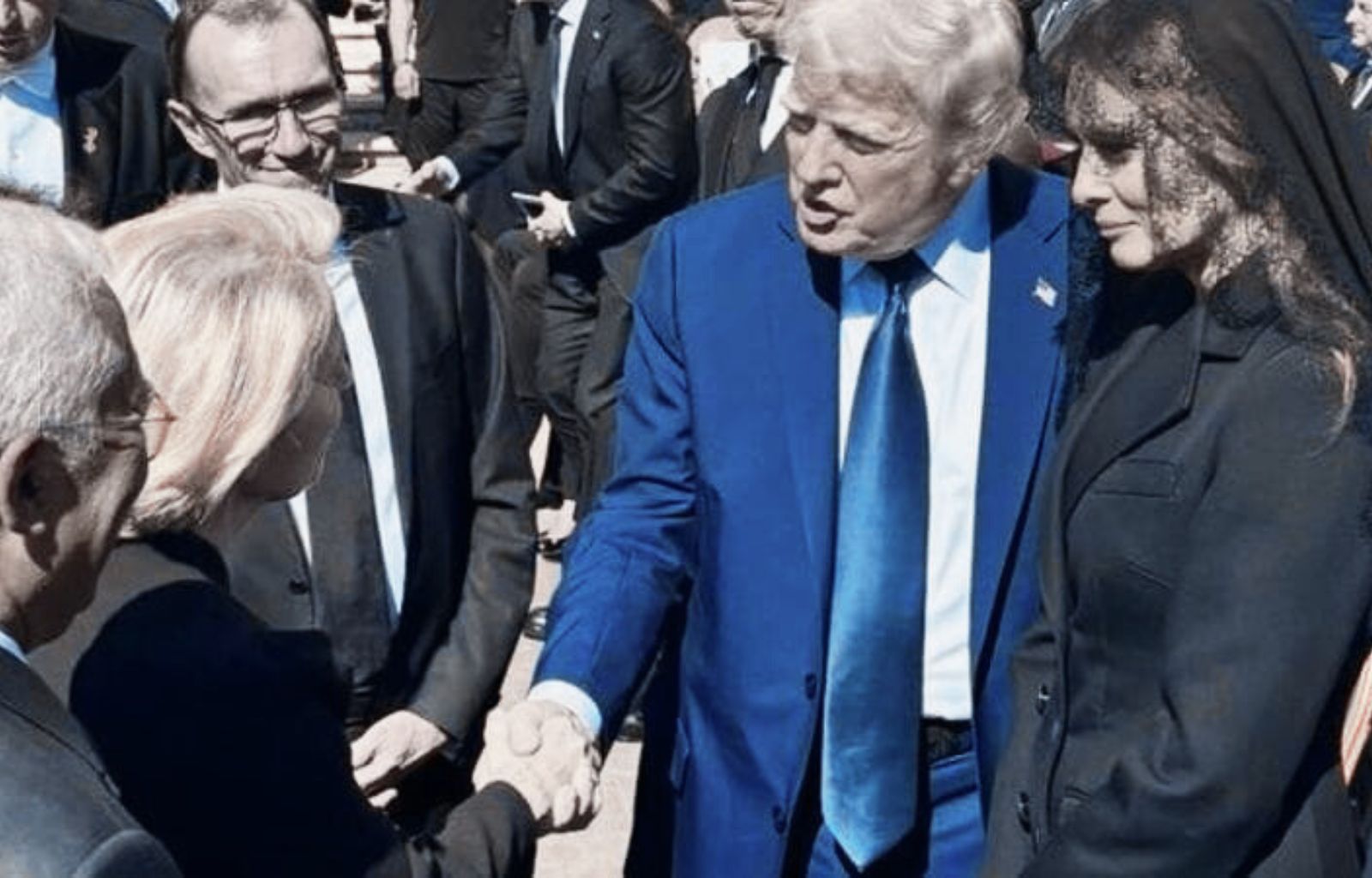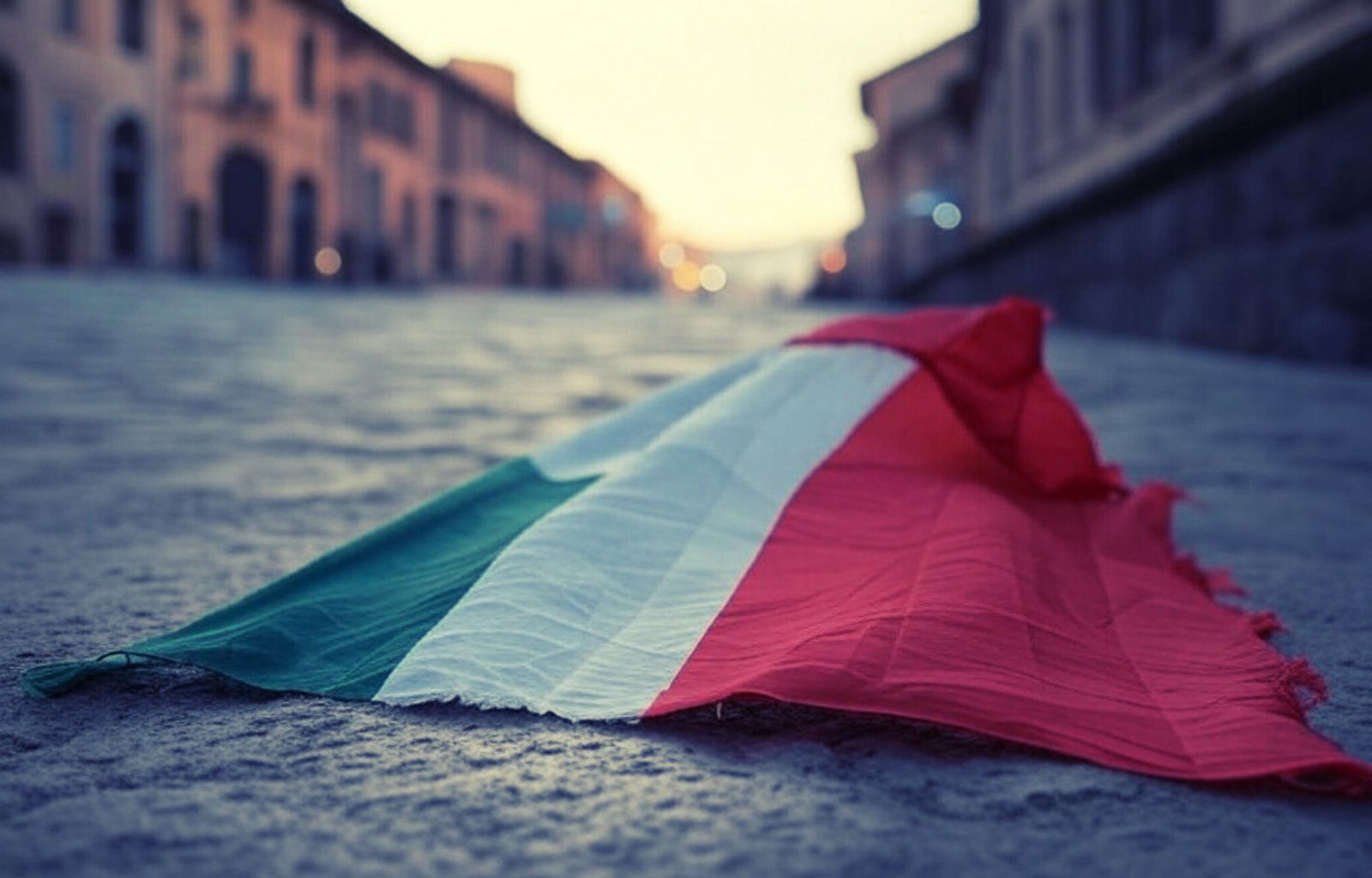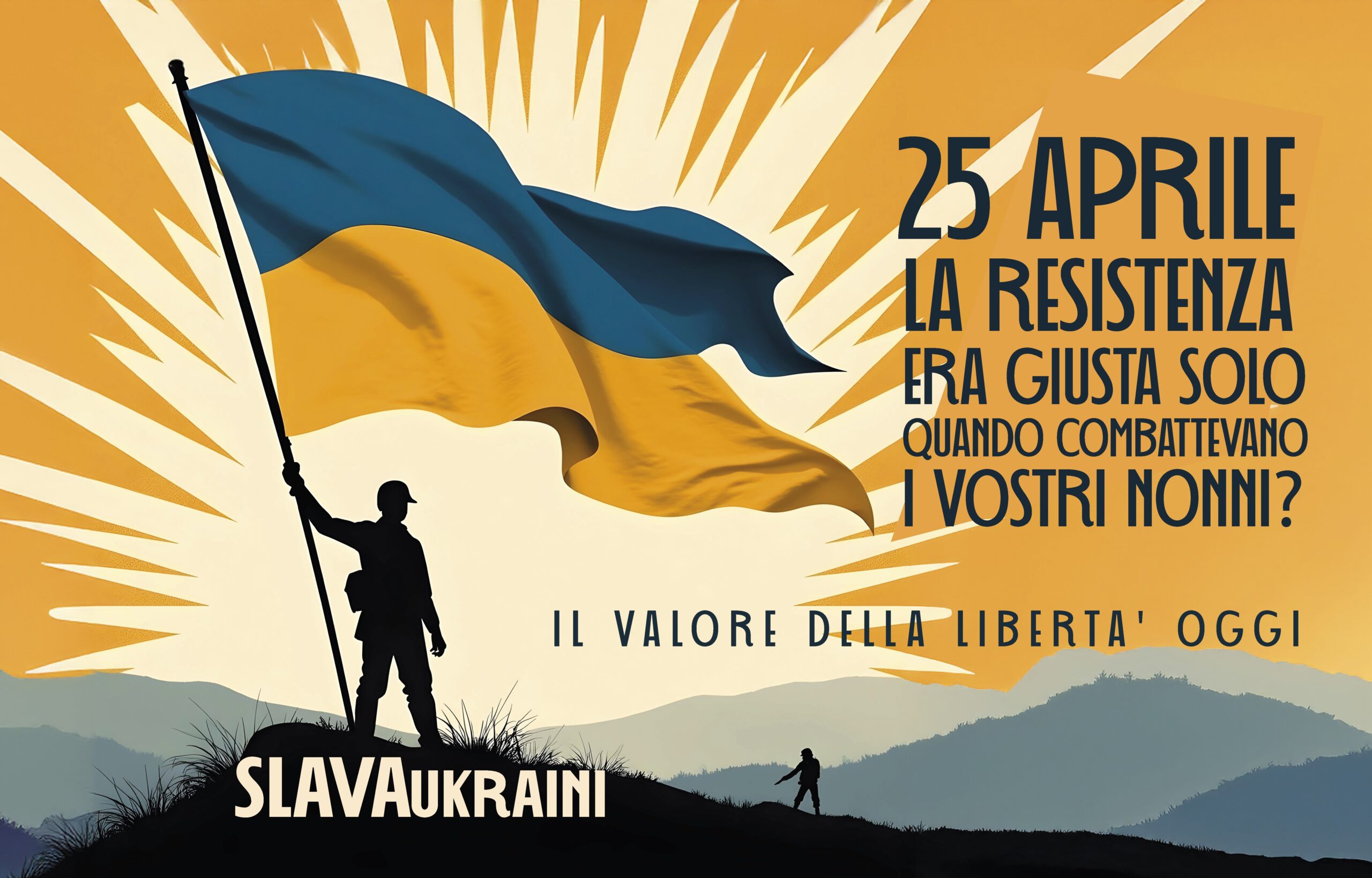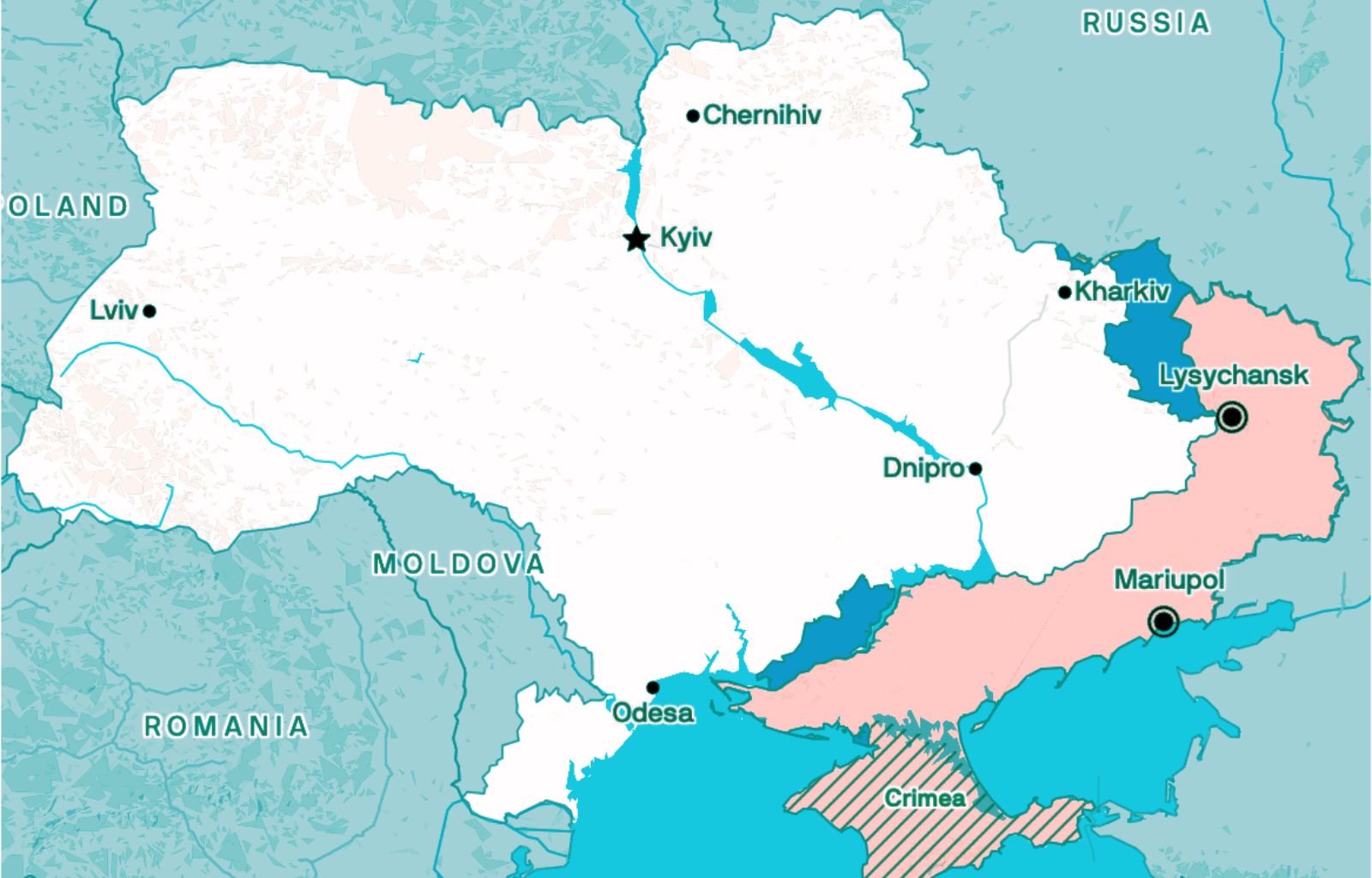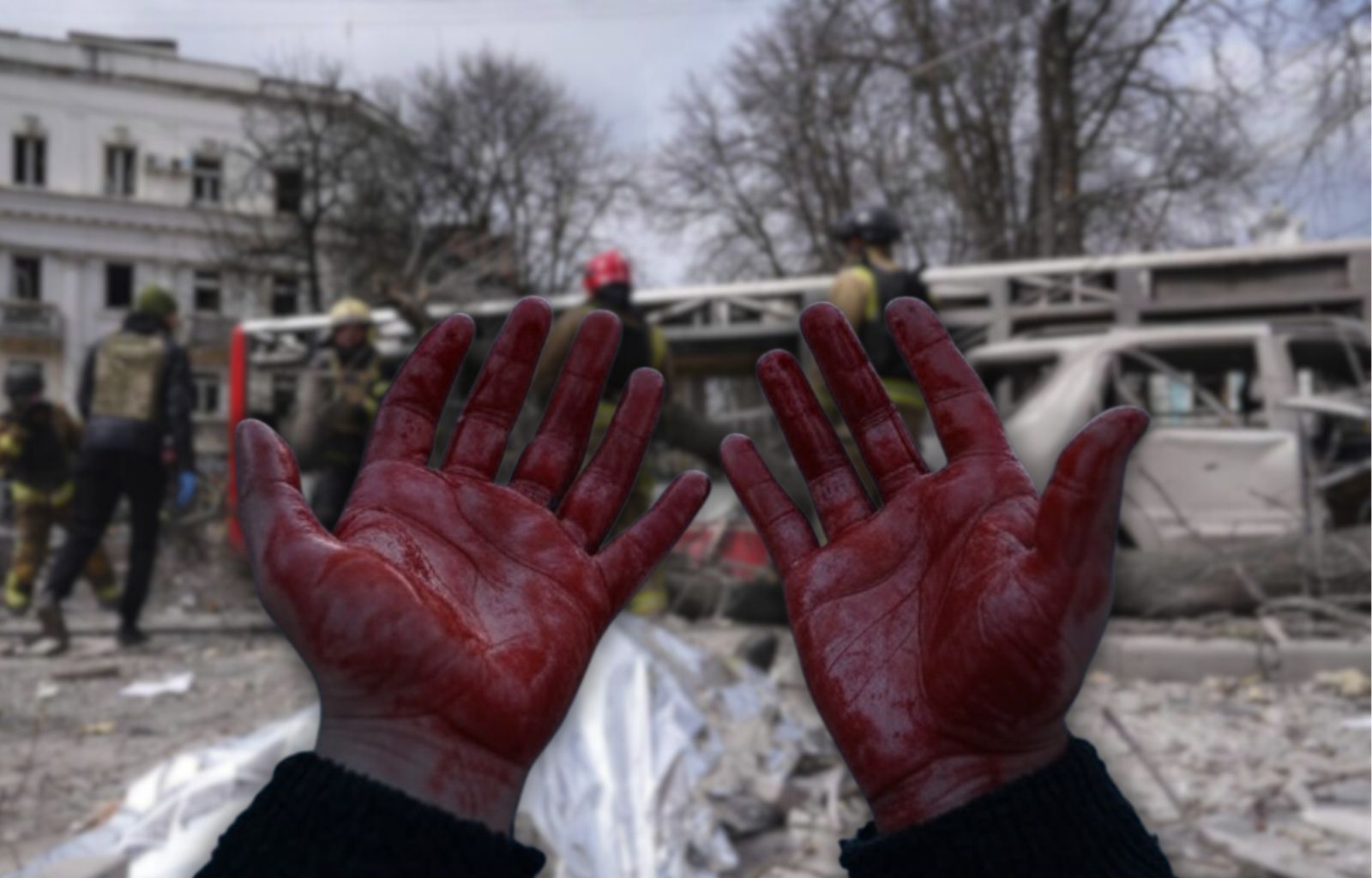What is happening between India and Pakistan? We explain Asia’s most dangerous rivalry
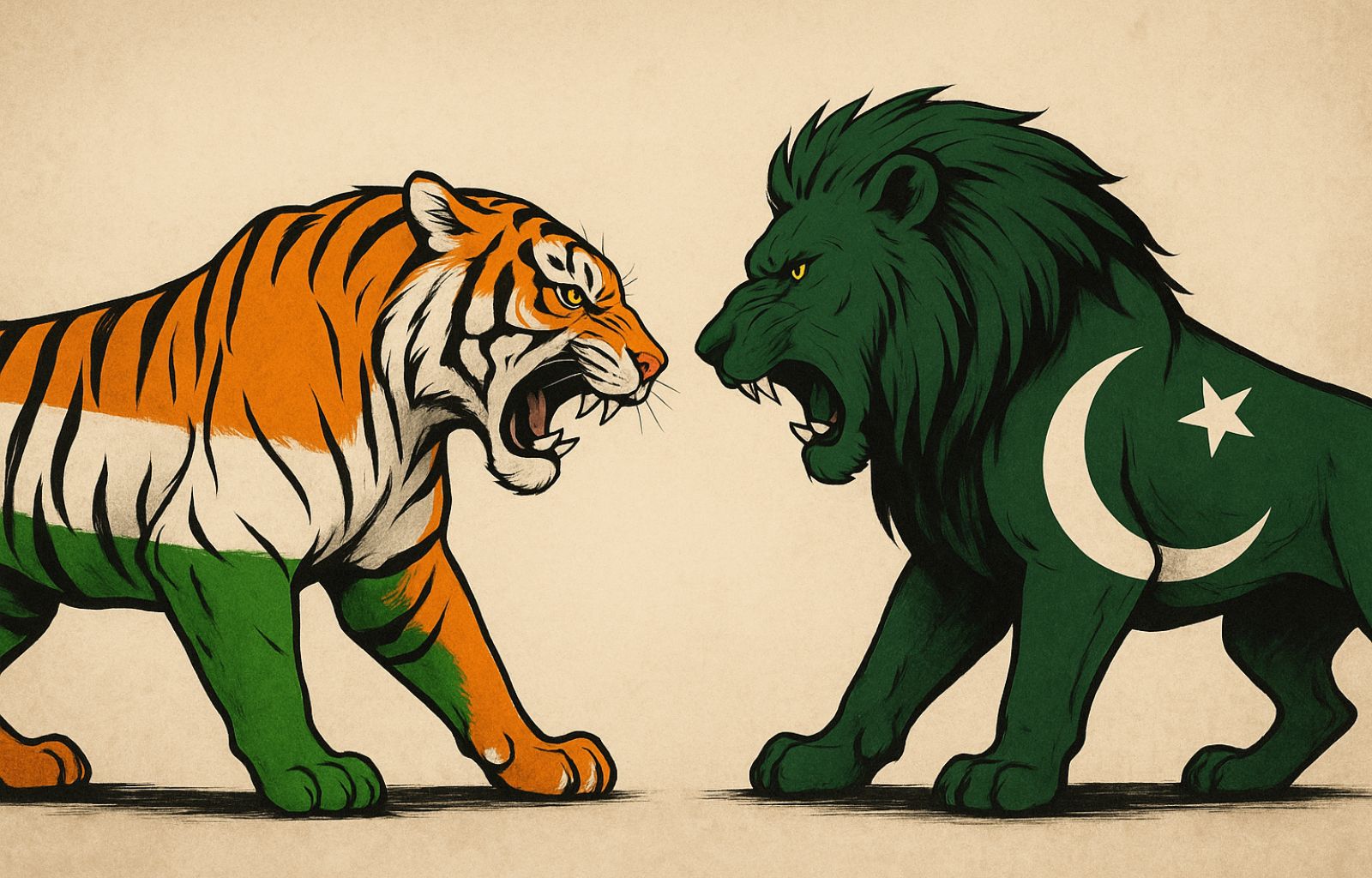
The 22 April 2025 terrorist attack in Pahalgam, Indian Kashmir, reignited Asia’s most explosive rivalry. Twenty-six tourists killed in cold blood; an area that, with 3.5 million visitors in 2024, symbolised the ‘normalisation’ of Kashmir collapsed overnight. New Delhi accuses Islamabad of complicity with militants; borders closed, treaties suspended, threats of retaliation. Two nuclear powers once again face each other with a real risk of military escalation.
The Indian response was immediate: suspension of the Indus Waters Treaty, closure of the main border crossing, expulsion of Pakistani diplomats, revocation of visas. Islamabad reacted by closing the airspace to Indian flights, blocking bilateral trade and warning that any obstruction of the flow of waters would be considered an act of war.
On the Line of Control, the fragile border that divides Kashmir, armed clashes have resumed, so far with no confirmed casualties. The climate is red-hot, fuelled by increasingly aggressive nationalist rhetoric on both sides. The international community is watching with growing concern, but the margins for intervention are narrowing: neither New Delhi nor Islamabad wants to show weakness, especially in an election year.
Kashmir: a wound never closed
Disputed since the partition of British India in 1947, Kashmir was the product of a chaotic division orchestrated by a retreating empire. After an invasion by Pakistan-backed militias, Maharaja Hari Singh joined India, triggering the first Indo-Pakistani war (1947-48). The Line of Control, never formalised as a border, remains an open scar.
Seventy-five years later, the conflict has not abated. India and Pakistan have fought three more wars (1965, 1971 and 1999), and the memory of 1971 – although not centred on Kashmir – still fuels fears in Islamabad of new territorial redrawings.
The uprising that erupted in Indian Kashmir in the late 1980s has further exacerbated the conflict: New Delhi accuses Islamabad of supporting the separatists, while Pakistan presents itself as a defender of the local Muslim population. The Modi government’s revocation of Jammu and Kashmir’s special status in 2019 ignited new protests and reinforced Pakistani accusations of ‘colonisation’ of the region.
On a human level, Kashmir suffered well over 500 consecutive days of Internet blackout, the longest ever recorded in a democracy. According to the IDMC, over 80,000 IDPs still remain without a stable return. After Pahalgam, the cancellation of tourist bookings and soaring youth unemployment threaten to fuel a new wave of social anger.

A high-tension geopolitical triangle
India is increasingly aligning itself with the Western bloc, strengthening the Quad with the US, Japan and Australia to contain Chinese expansion. Pakistan, on the other hand, clings even closer to China, which considers the China-Pakistan Economic Corridor (CPEC) crucial to the Belt and Road Initiative and maintains troops in Aksai Chin.
Nuclear: opposing doctrines, real risks
Nuclear arsenals, developed in the 1990s, reduce the risk of total war, but do not eliminate the possibility of localised confrontations. This is where doctrines count.India formally maintains the principle of No First Use, but from 2019 has hinted at possible exceptions ‘if circumstances require it’. Pakistan adopts Full-Spectrum Deterrence, providing for the use of short-range tactical weapons against possible conventional incursions.
In short, for New Delhi the atomic bomb is the last argument to be used, for Islamabad it may become the first move on the table. This asymmetry lowers the alarm threshold: a ‘limited’ raid across the Line of Control could prompt Islamabad to consider the use of tactical nuclear weapons.
Water: the new red line
The Indus river, vital for Pakistani agriculture, is again at the centre of tensions. The 1960 treaty has survived three wars, but its suspension has already sent grain prices soaring in Karachi and fuelled panic over a possible water emergency. For Islamabad, water is non-negotiable.
Frozen diplomacy and information warfare
The secret diplomatic channels that led close to an agreement on Kashmir between 2004 and 2007 have dried up. In 2023, Pakistani Minister Hina Rabbani Khar admitted that ‘there is no ongoing confidential diplomacy with India’.
Meanwhile, the information war rages on: bot-farms and disinformation campaigns on X and WhatsApp fuel fake news and hatred. Studies of events following Balakot in 2019 show a systematic use of social media to polarise public opinion.
The risk of a limited war
Nuclear deterrence and international pressure – US, China, Saudi Arabia – make large-scale war unlikely. But the risk of low-intensity war remains high: LoC clashes, infrastructure sabotage, waves of terrorism and cyber attacks.
Analysts fear that within 72 hours of a new incident, India might launch air raids or special forces operations. Premonitory signs would be an intensification of air force sorties and official declarations of ‘targeted strikes’. If the crisis is prolonged, it would enter a phase of artillery warfare along the LoC, with the number of ceasefire violations as a barometer of escalation.
Between the second and fourth week, the diplomatic variable will become crucial: the re-establishment of a military hotline or a meeting under the auspices of the Shanghai Cooperation Organisation would signal a de-escalation; the absence of diplomatic initiatives, on the other hand, would herald an escalation. If the crisis goes beyond a month without security arrangements – and particularly if India restricts the sharing of data on the Indus – Pakistan risks a serious water emergency in 1-3 months, visible by the decline of the Tarbela reservoir and the explosion of grain prices in Lahore.
The levers to defuse the crisis
An all-out nuclear conflict remains unlikely. But the absence of crisis channels, divergent nuclear doctrines and the politicisation of water create an environment in which a single incident can precipitate the situation.
Three levers can defuse the crisis: the joint pressure of Washington, Beijing and Riyadh to re-establish a permanent hotline; the re-establishment of secret channels between security advisors and intelligence chiefs; a technical agreement on the Indus separating the water from the territorial dispute.
As long as these instruments remain inactive, Kashmir will continue to be the hottest spot in South Asia – and the Indo-Pakistani rivalry, the most dangerous on the planet.

